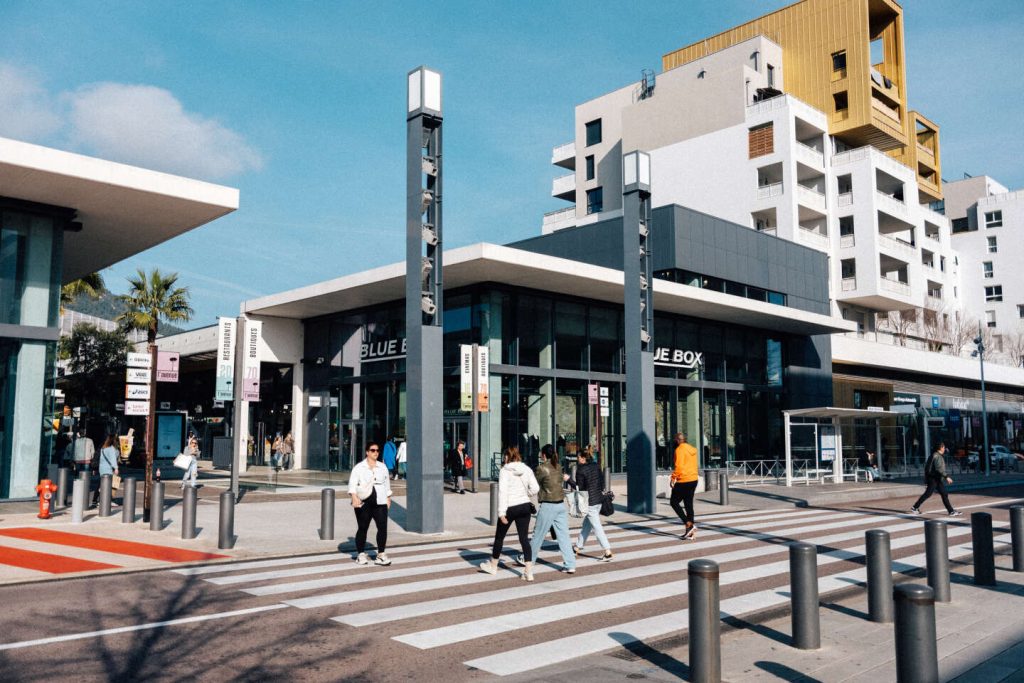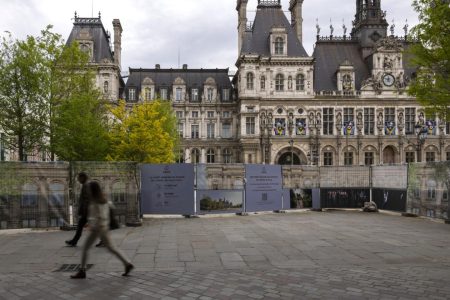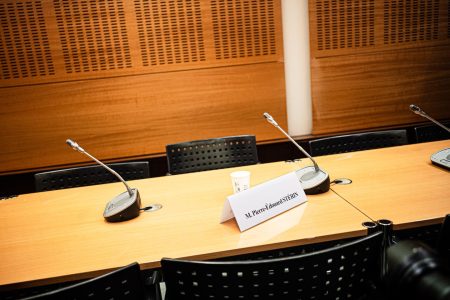The announcement of the 74 municipalities and intermunicipalities selected for the “commercial zone transformation program” has sparked discussions about the potential end of the “ugly France”. However, it is still too early to predict the end or even the beginning of the end of this issue. The allocation of 24 million euros for 74 out of 1,500 commercial zones in France is considered meager, especially when compared to the 5 billion euros over 5 years invested in programs like Action Cœur de Ville, which are focused on medium-sized cities. The lack of ambition in this investment does not match the media hype surrounding it.
Even if this symbolic investment by the state is meant to encourage all stakeholders involved in urban planning, housing, distribution, and land management to address the issue, it is not enough to solve the problem at hand. Moving beyond the monofunctional zoning approach is crucial in reimagining the “ugly France” during a period of transition. Instead of compartmentalizing commercial areas as isolated zones, a more holistic view of the city and its integration is necessary to address the fundamental issues surrounding urban development.
One of the main challenges lies in rethinking the zoning system and transitioning towards a more diverse functional approach within the same urban area. However, this transition overlooks crucial problems, such as the localization of areas that need to be redeveloped. The entrance areas of cities, typically located near major roadways or highways, are not ideal for envisioning the city of the future, including housing options or green spaces like urban parks. Additionally, the economic viability and accessibility of these commercial zones rely heavily on automobile traffic, making it essential to rethink mobility patterns and urban design in these areas.
Reconfiguring mobility patterns in commercial zones requires a comprehensive reassessment of citizen and commuter travel routes, as well as a shift in mobility practices. This shift goes beyond simply changing the functions present in these areas, as it involves redefining how people move through these spaces on a daily basis. This comprehensive approach to managing mobility cannot be confined to the boundaries of the redeveloped zone, as it impacts the broader urban landscape and the daily lives of residents and commuters. In order to truly address the challenges of the “ugly France”, a more integrated and sustainable approach to urban development and mobility planning is essential.















